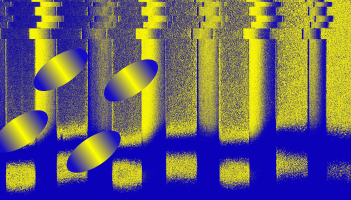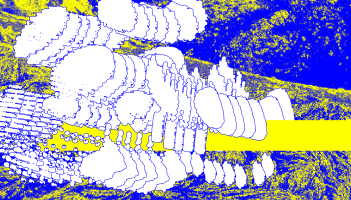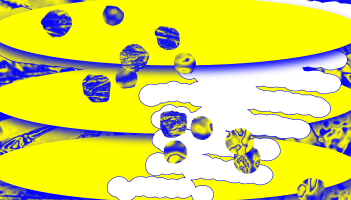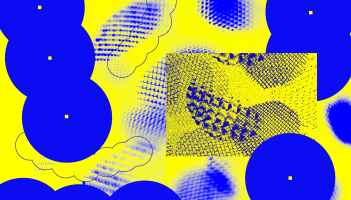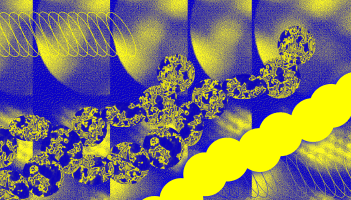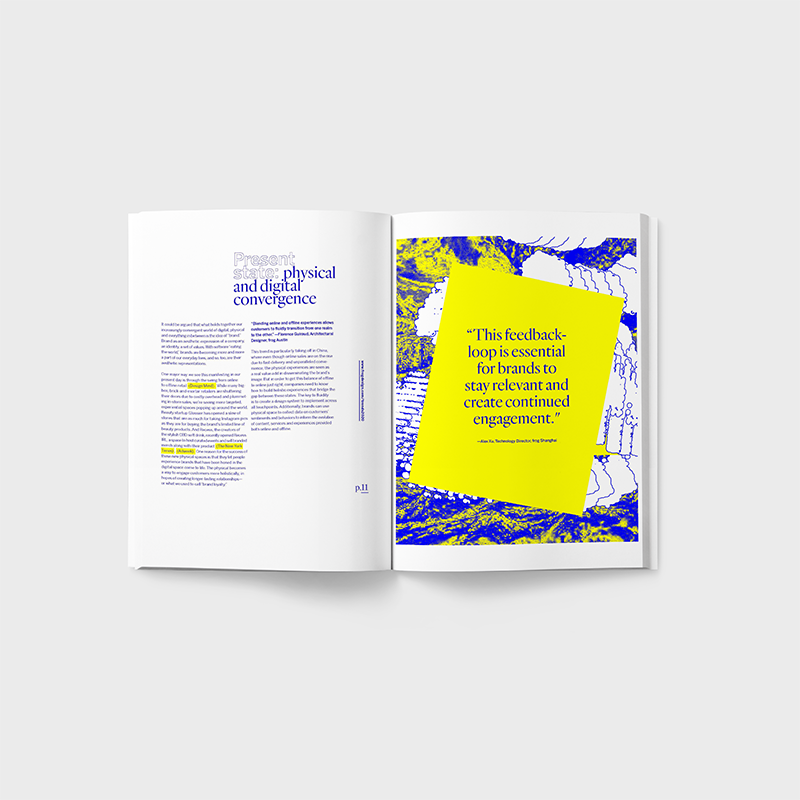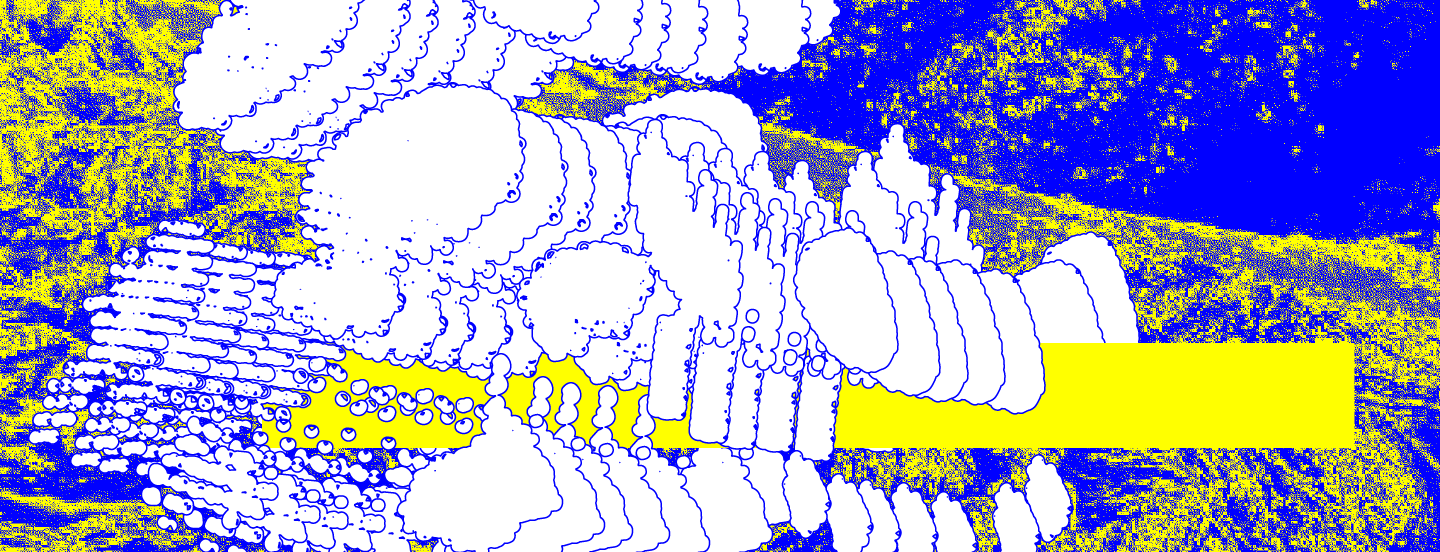
Retail Forges Ahead in Aesthetic Futures
Present State: Physical and Digital Convergence
It could be argued that what holds together our increasingly convergent world of digital, physical and everything in between is the idea of “brand.” Brand as an aesthetic expression of a company, an identity, a set of values. With software “eating the world,” brands are becoming more and more a part of our everyday lives, and so, too, are their aesthetic representations.
One major way we see this manifesting in our present day is through the swing from online to offline retail (Design Mind). While many big-box, brick-and-mortar retailers are shuttering their doors due to costly overhead and plummeting in-store sales, we’re seeing more targeted, experiential spaces popping up around the world. Beauty startup Glossier has opened a slew of stores that are as much for taking Instagram pics as they are for buying the brand’s limited line of beauty products. And Recess, the creators of the stylish CBD soft drink, recently opened Recess IRL, a space to host curated events and sell branded merch along with their product (The New York Times), (Adweek). One reason for the success of these new physical spaces is that they let people experience brands that have been honed in the digital space come to life. The physical becomes a way to engage customers more holistically, in hopes of creating longer-lasting relationships—or what we used to call “brand loyalty.”
Blending online and offline experiences allows customers to fluidly transition from one realm to the other.
This trend is particularly taking off in China, where even though online sales are on the rise due to fast delivery and unparalleled convenience, the physical experiences are seen as a real value add in disseminating the brand’s image. But in order to get this balance of offline to online just right, companies need to know how to build holistic experiences that bridge the gap between these states. The key to fluidity is to create a design system to implement across all touchpoints. Additionally, brands can use physical space to collect data on customers’ sentiments and behaviors to inform the evolution of content, services and experiences provided both online and offline.
This feedback-loop is essential for brands to stay relevant and create continued engagement.
Future State: Anti-Curation and Turbo Mañana
To business leaders around the world, we ask: Now that you have ample data on your customers, what will you do with it? How will you use that deep understanding of behaviors and trends to inform not just your customer experience strategy, but how you shape the aesthetic future of commerce? We posit that design has the opportunity to push the boundaries of our aesthetic future in two key areas: the anti-curation of brands, and the adoption of “turbo mañana” for brand expression.
Anti-curation is the next evolution of product customization. Instead of offering consumers the ability to customize a product, companies will offer up the brand experience and its aesthetic expression just for you (and the millions like you).
Within this new space, we’re seeing a trend of “split-personality branding,” where instead of being highly personalized (e.g., Amazon knowing who you are as you walk in the door), larger companies can have smaller, more targeted brands that attract people from different behaviors or demographics. For example, the Canadian beauty conglomerate Deciem has over eight sub-brands. Housed in the same online and offline stores, they function on one platform. Traditionally, these brands should be competing, but in fact, the draw and success lie in the “choose your own flavor” attraction.
Apart from personalization, much of mainstream commerce is currently stuck in a rut of aesthetic output—essentially the Warby Parker-ization of brands. While this simplicity of brand and message was revolutionary for the last decade, we believe there is so much more beyond the current landscape. Turbo mañana is a rallying cry to lift us up from the trenches of minimalist realism to start designing a radically different tomorrow.
We are scrambling to get out of our reliance on destruction of earth for profit and non-ethical creative labor practices; ‘Turbo Mañana’ is the aesthetic, philosophical and social counter force to this current state.
As designers and makers, we must ask ourselves: How will we build our increasingly aesthetic futures? Will we continue down the path of white-labeled, cookie-cutter millennial-ism (Millennial-minimalism)? Or will we start to see companies, individuals and brands of all kinds take real risks in saying something new, different, wild, rebellious via their aesthetic output?
We challenge the next era to think beyond the current confines. With new technologies allowing us to alter the very fiber of our technologically-filtered reality (like deep fakes and predictive analytics), there is a progressive appetite to explore and alter the way we consume. Many verticals across consumer retail, including health and beauty, and nootropics are leaning this way with radical expressions that don’t rely on the old paradigms of product, advert, consumer.
Imagining these radical new aesthetic futures for consumers is just the start. We’re ready to serve those brave new ventures seeking to place bets on futures beyond systems that harm humanity and nature.
We respect your privacy
We use Cookies to improve your experience on our website. They help us to improve site performance, present you relevant advertising and enable you to share content in social media. You may accept all Cookies, or choose to manage them individually. You can change your settings at any time by clicking Cookie Settings available in the footer of every page. For more information related to the Cookies, please visit our Cookie Policy.
